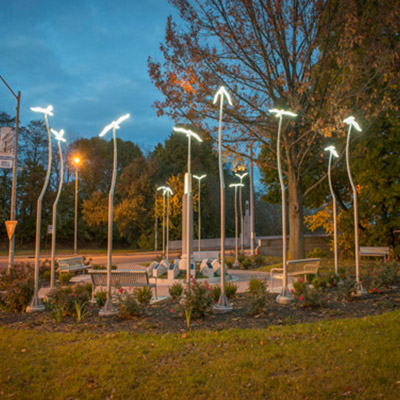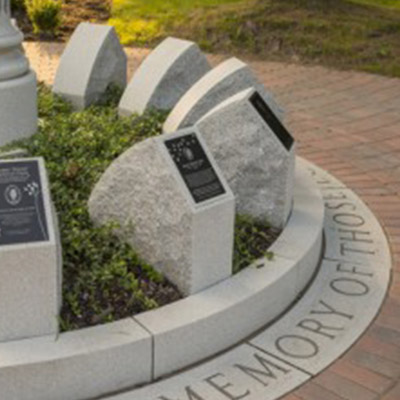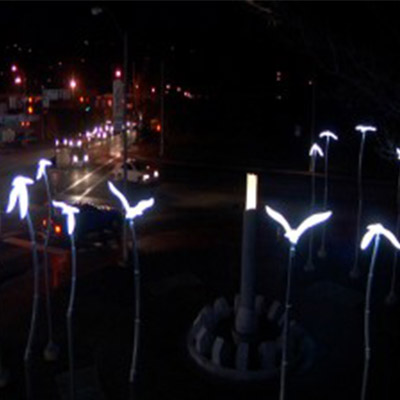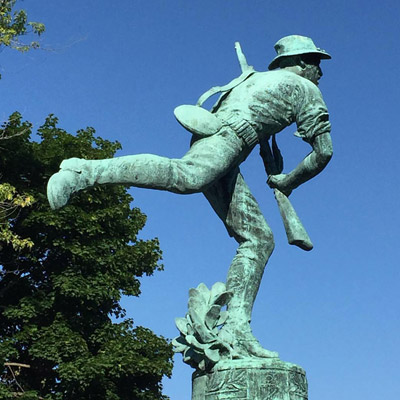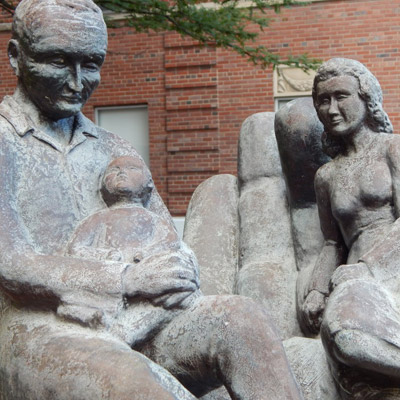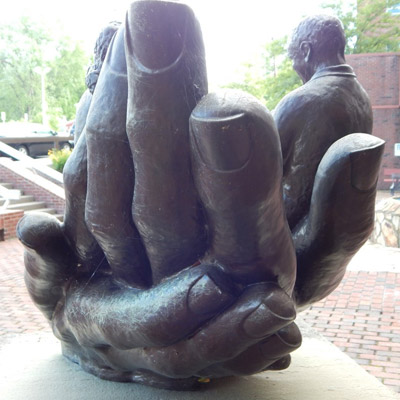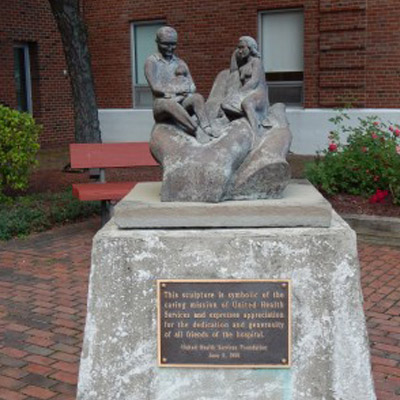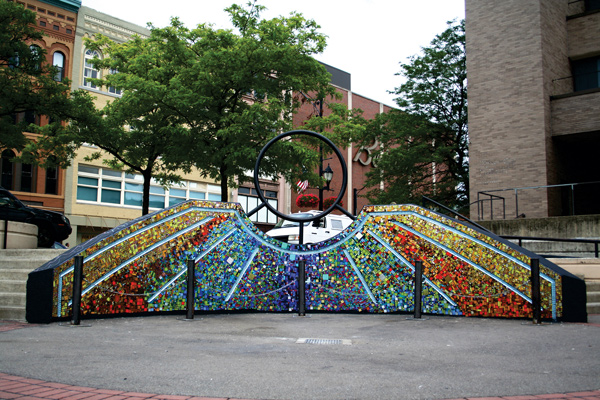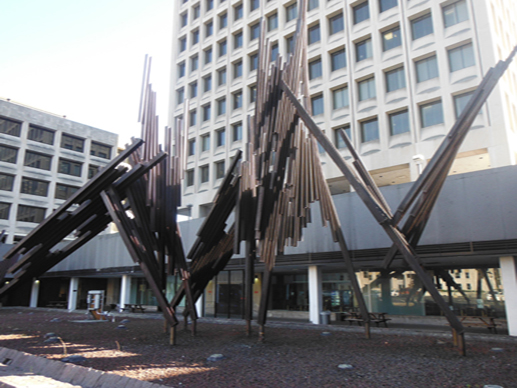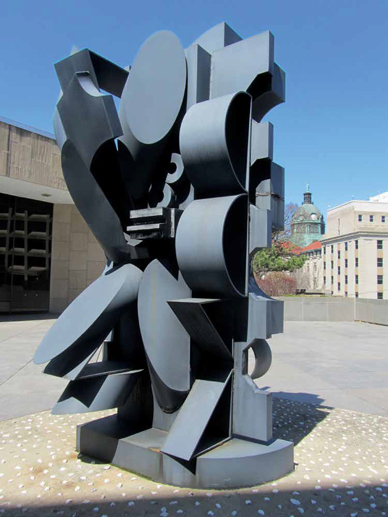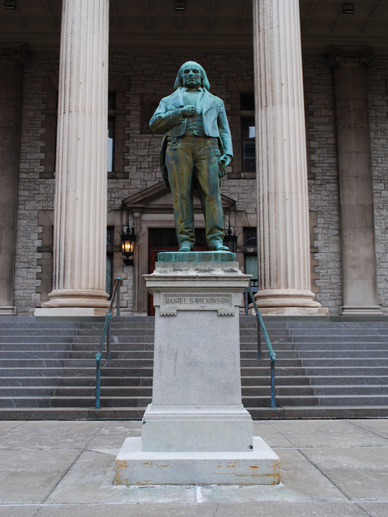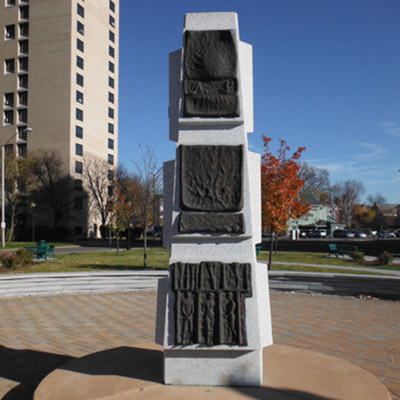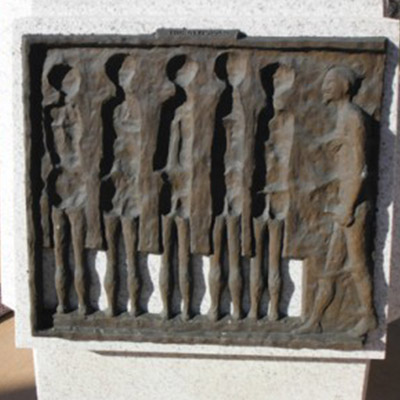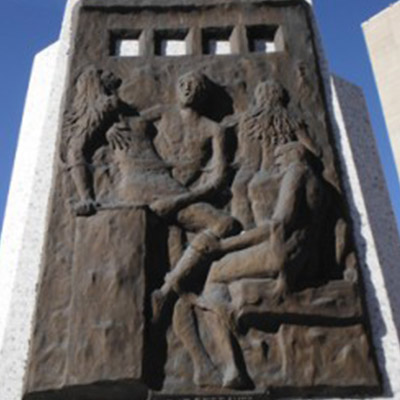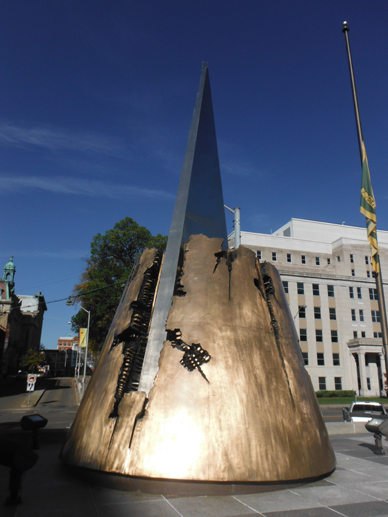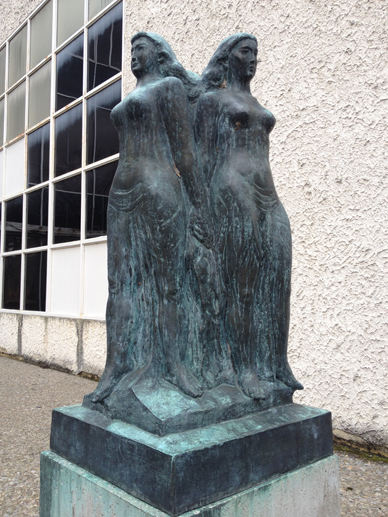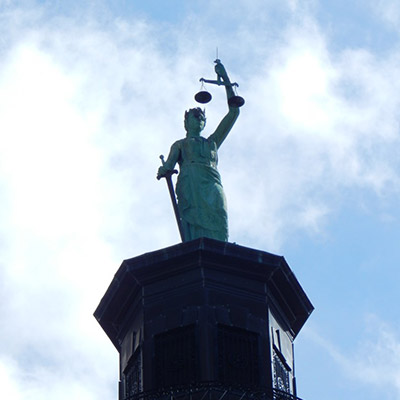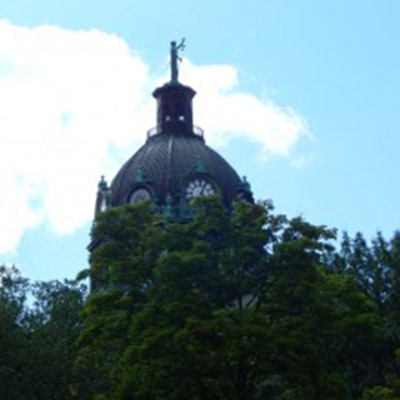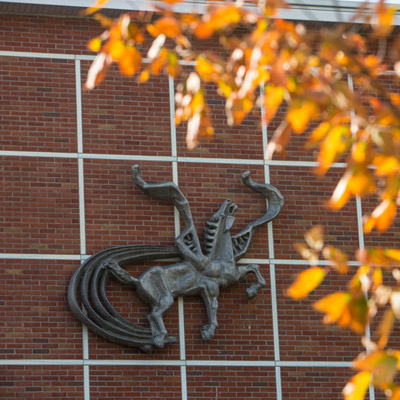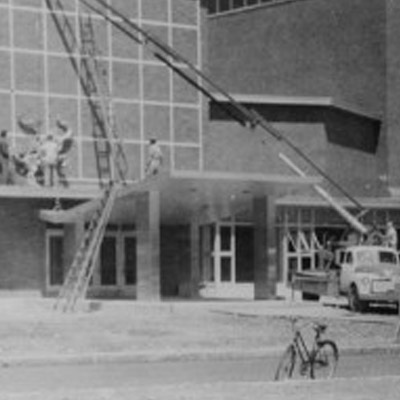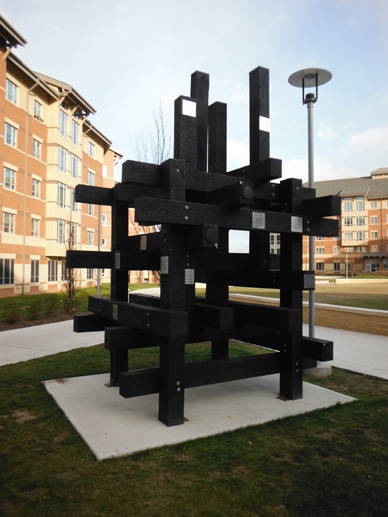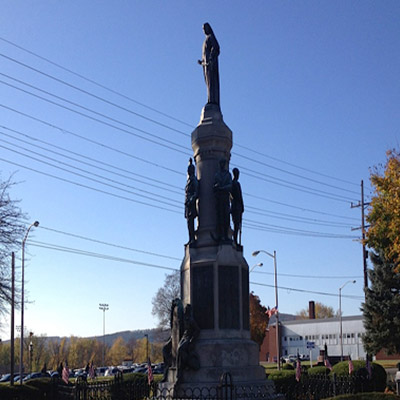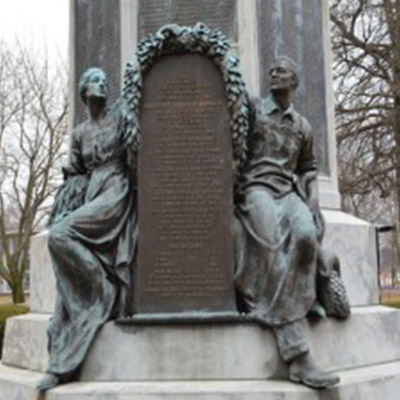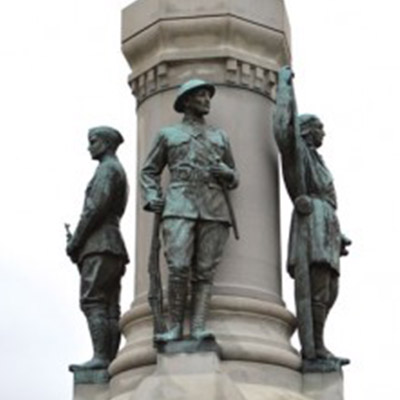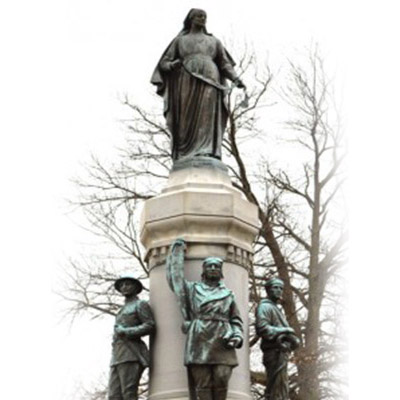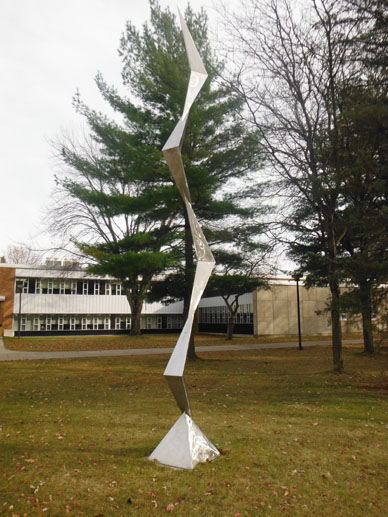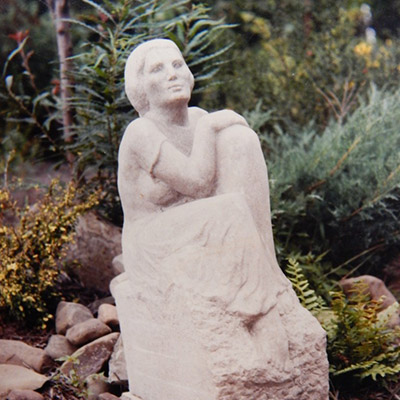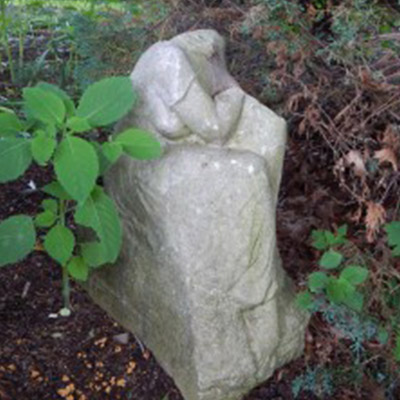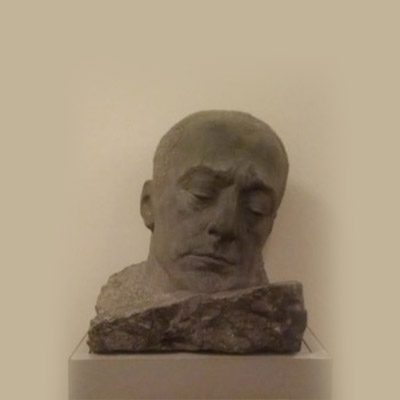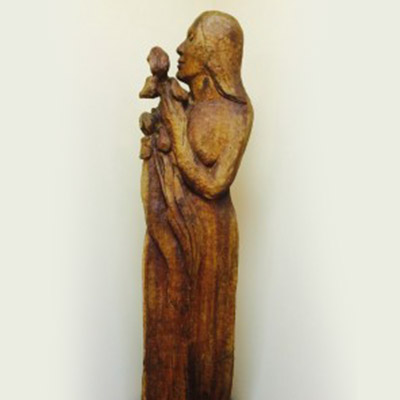Reviewed by David L. Schriber
The St. Petersburg Men’s Ensemble is not from Florida, but the other St. Petersburg, in Russia. The a cappella group formed in 2003 to promote Russian music of various epochs and styles, both sacred and folk. On Dec. 4, the quartet, sponsored by Union Center United Methodist Church, performed in concert at First United Methodist Church in Endicott.
First tenor Evgeny Vishnevsky, second tenor Vadim Smantsev and baritone/director/spokesman Kirill Sokolov share a background with the St. Petersburg Conservatory. The newest member of the group, bass Sergey Shapinskiy, is also an accordion player and works as a sound director for a music recording company.
The first half of the concert was devoted to nine works of Russian sacred and liturgical music. The quartet opened with Ippolitov-Ivanov’s antiphon “Bless the Lord O My Soul,” followed by “Blessed the Man” from the Rachmaninoff Vespers. The beautiful “Otce Nas” (Lord’s Prayer) of Nicolay Kedrov was familiar, as we had heard it sung in prior years at Binghamton First Night by the women’s ensemble Svitanya from Philadelphia. The tune of Dimitriy Bortnyanskiy’s “The Glory of God” also was familiar, from a church hymn of my youth, “I Sing the Praise of Love Unbounded.” Methodists might recognize it as the tune to which Charles Wesley’s hymn “Thou Hidden Source of Calm Repose” is set.
Liturgical pieces included Stephan Degtyarov’s bright “Christmas Troparion” and Anton Arenskiy’s dark and mysterious “To Thee We Sing.” This last music is sung in the Orthodox Divine Liturgy during the priest’s epiclesis prayer invoking the Holy Spirit to transform the communion elements.
The quartet changed from formal attire to all-black folk dress for the second half of the program, featuring 10 folk tunes. There were comic songs such as “Tula Harmonica” about two villagers who buy boats, one with a hole in it and the other with no bottom; and a tongue-twister called “The Broom.” There was a strident marching song of the Cossacks. Other songs were more lyrical, such as “Wide Steppe,” and “Mytyelitsa” (about a beautiful beloved walking in a snowstorm). I would have liked more explanation of the folk songs, with translations, in the printed program. No translation was needed, however, for Mykola Leontovych’s “Shchedryk,” which we Americans know since its 1921 Carnegie Hall debut in this country as “Carol of the Bells.”
The folk tunes often featured soaring (and sometimes melodramatic) tenor parts. Vishnevsky sounded strained at times, but then he was reaching A-flat and occasionally B-flat above middle C, without falsetto. The bass Shapinskiy was inconspicuous and did not plumb the profundo region of his predecessors in the ensemble, Alexander Gogol and Vladimir Pasyukov (who can be heard reaching A-flat below low-C[2] in the ensemble’s recordings). The inner voices of Smantsev and Sokolov complemented the others nicely. Sokolov was versatile, sometimes joining Smantsev and sometimes Shapinskiy. An interesting technical note: Sokolov derived the starting pitches not from a pitch pipe but from a single tuning fork.
The men from St. Petersburg showed us two age-old traditions in Russian vocal music. We hope for a return visit with more publicity; this music should have wide appeal among our area’s Eastern European ethnic groups and Orthodox Christians.


